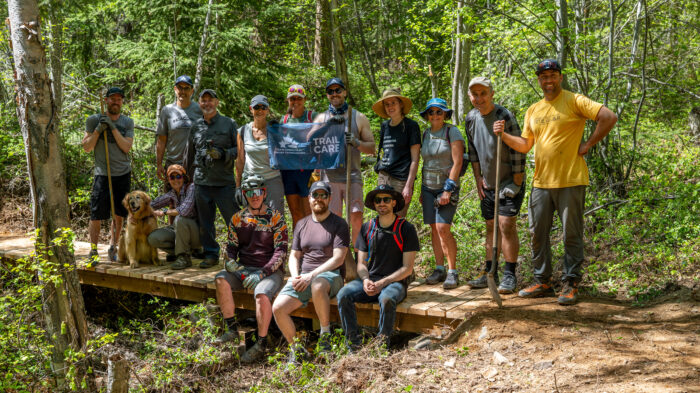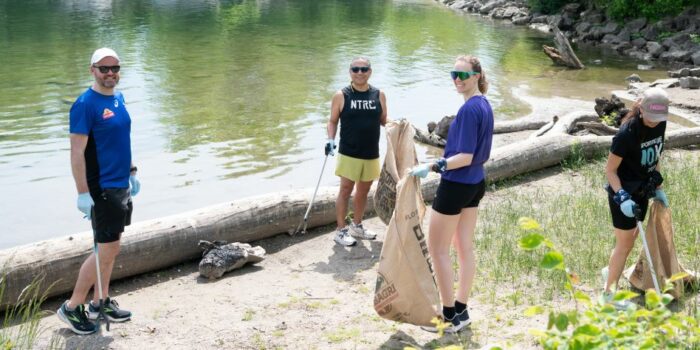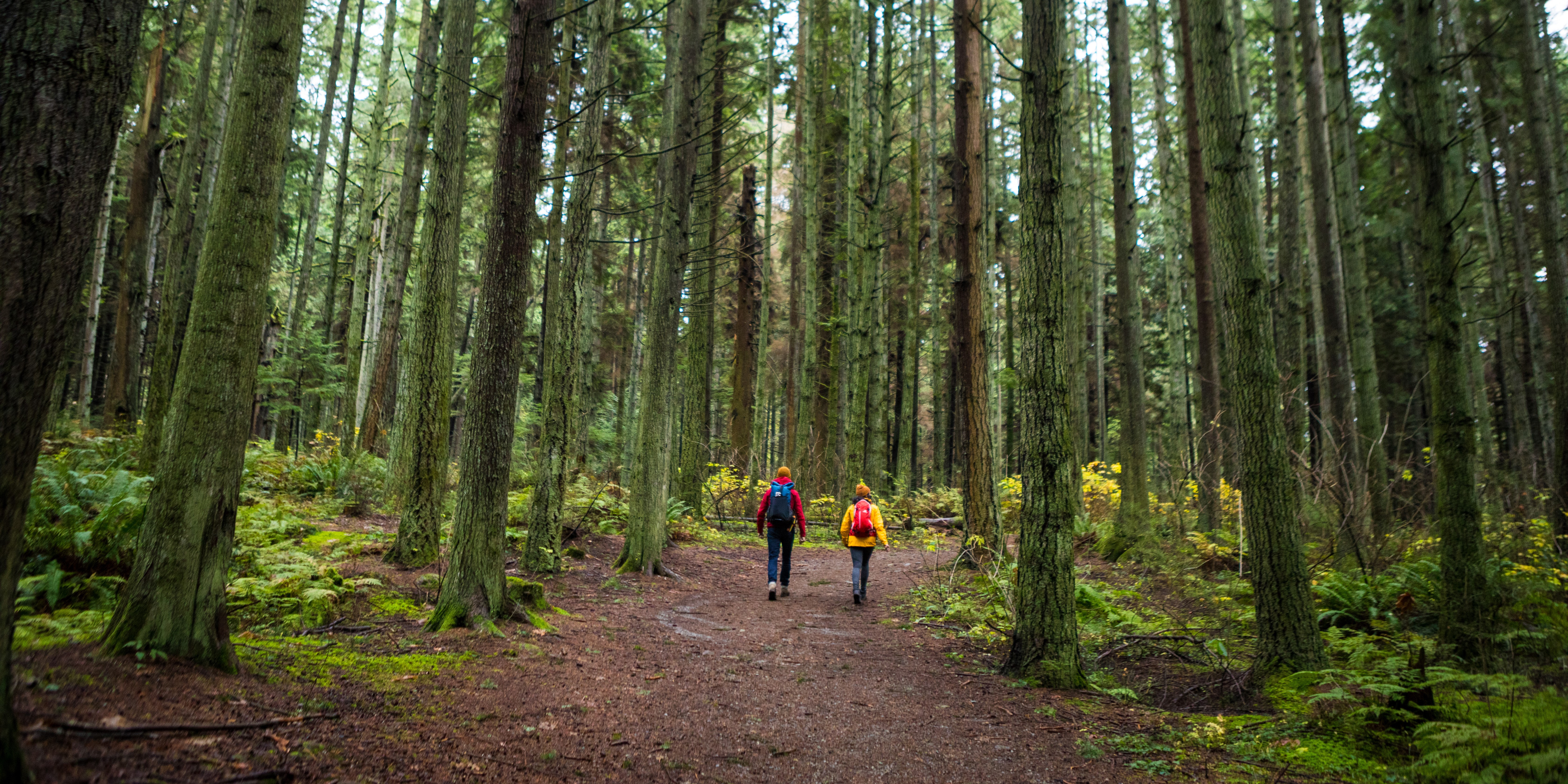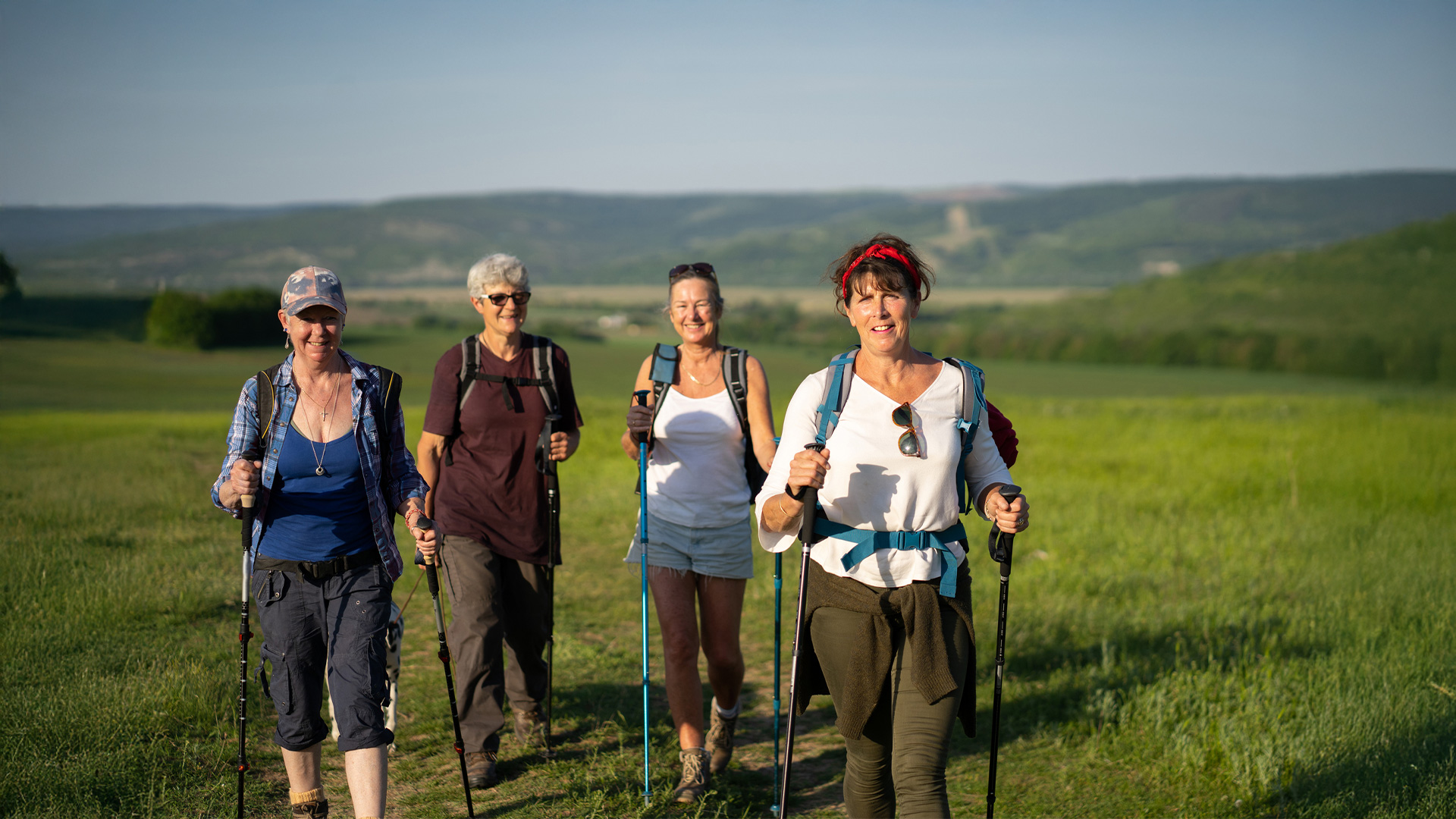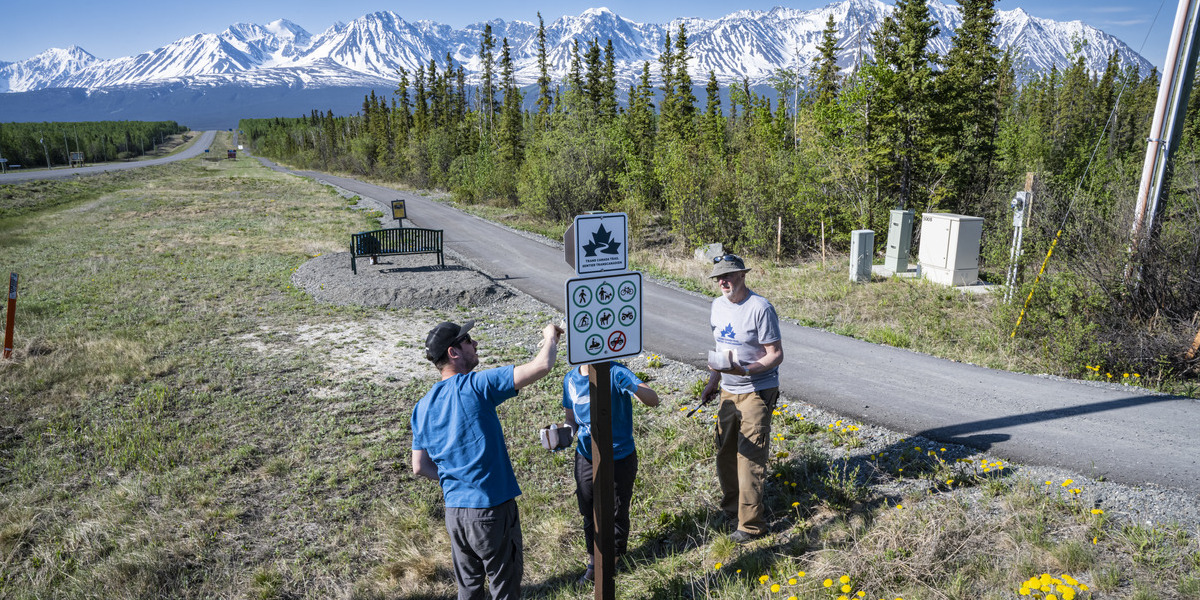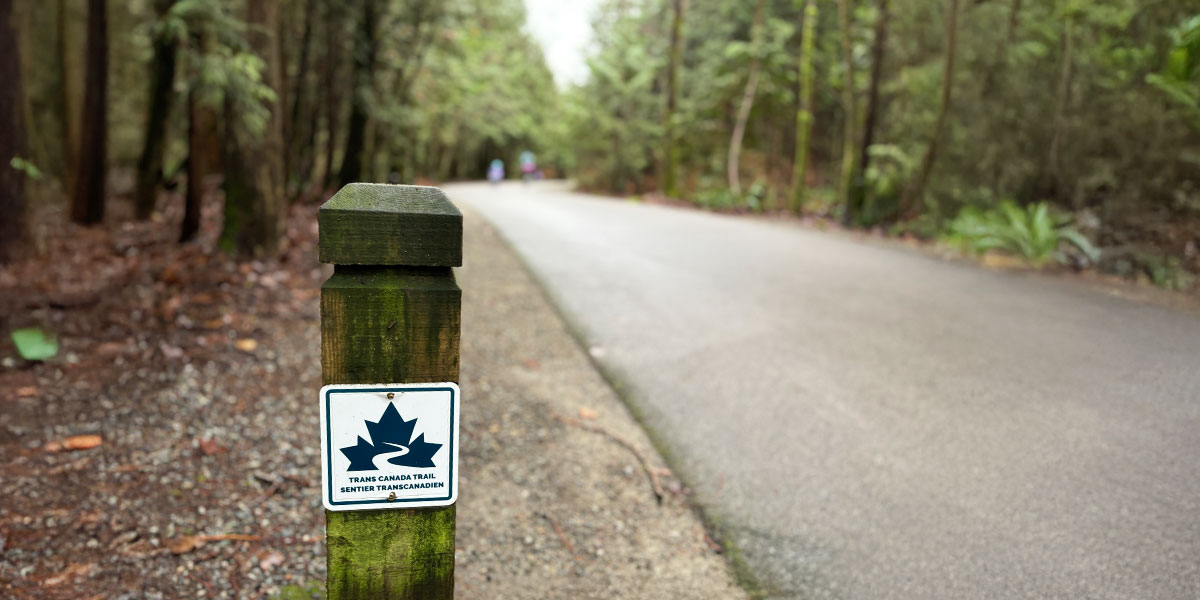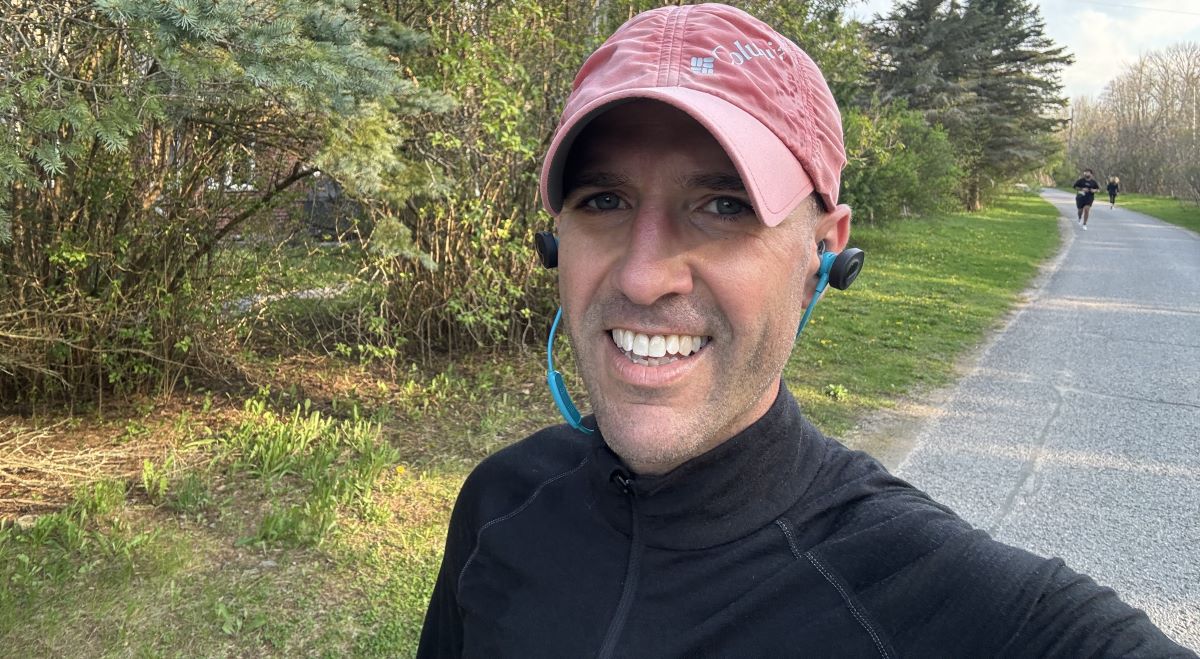Trail Use An Integral Part of Canadians’ Lifestyles, Survey Finds

Among Canadians planning to travel in 2020, 43% considering trails as part of vacation plans
With Canada moving into various stages of COVID-19 re-openings and summer planning underway, a new national Léger survey confirms that trail use remains a central part of Canadian life, with 75% of Canadians using trails for exercise and leisure time. Of that number, 55% use trails at least monthly, and nearly a third (31%) weekly.
Millennials and Gen Z are the largest demographic of trail users with 88% of Canadians aged 18-34 using trails, compared to 78% for those aged 35-54 and 63% of Canadians aged 55 and over, according to the new survey commissioned by Trans Canada Trail (TCT).
The online survey, conducted June 5 to June 7, also shows that many Canadians have continued to turn to trails during the COVID-19 pandemic, with 78% feeling trails are safe to use for leisure activities. However, 60% of trail users say they want clearer information on the trail itself, 59% want clearer information online about trail usage, and 57% want guides on how to use trails in safer ways.
With the safe use of trail remaining the number one priority for trail partners and trail users alike, TCT recently released “National Trail Guidelines: Responsible Trail Operations and Visitation during the COVID-19 Pandemic”, based on global best practices and public health advice.
“We are grateful for Canadians’ ongoing support for trails. These results magnify the importance and value of that support, and we look forward to continuing our work to promote the use of trails given their numerous benefits to our personal well being, our environment and economy,” said Eleanor McMahon, President & CEO of Trans Canada Trail.
“These results underscore the importance that trails continue to have in our daily lives – for exercise, for relaxation and for respite,” Ms. McMahon added.
Trail use to address health and mental well being
Canadians who use trails do so mainly for exercise/fitness (34%), to be outdoors (17%), to enjoy nature (15%) and for relaxation and mental wellness (14%). The purpose behind trail use varies between age groups. Exercise/fitness appeals more to those 55 and over (44%), spending time outside for 18-to-34-years-olds (20%) and relaxation and mental wellness to 35-to-54-year-olds (19%).
Trail use a key part of vacation travel and tourism plans
Among Canadians who have made plans to travel for summer or fall 2020, 43% are considering using trails as part of their vacation plans. Those Canadians are increasingly looking to local trail travel and tourism options with 39% staying where they live, 41% looking towards another region of the province, 17% going to another province, and 3% are considering outside of Canada.
“That nearly half of those planning a vacation this year are considering visiting trails is highly encouraging, and indicates that trails will have an important role to play in the post-pandemic recovery of the tourism sector and in assisting those businesses along The Great Trail, many of which are struggling given the impacts of COVID-19,” said Ms. McMahon.
“At TCT, we know that Canadians are continuing to use trails, many as an opportunity to recreate and de-stress during such a challenging time. We recently released national guidelines on safe trail use to provide our trail partners and managers – and indeed all Canadians – with the tools they need to recreate safely not just on The Great Trail, but on trails in their communities,” Ms. McMahon concluded. “The data demonstrates a desire for this kind of information, and indicates that we are on the right track in terms of what Canadians need to remain and feel safe.”
METHODOLOGY
A Web survey was conducted with a representative sample of 1,523 Canadians. Respondents were randomly selected from Léger’s Web panel. French and English speaking Canadians, 18 years of age and older. No margin of error can be associated with a non-probability sample (Web panel in this case). However for comparative purposes, a probability sample of 1,523 respondents would have a margin of error of ±2.51 19 times out of 20.



